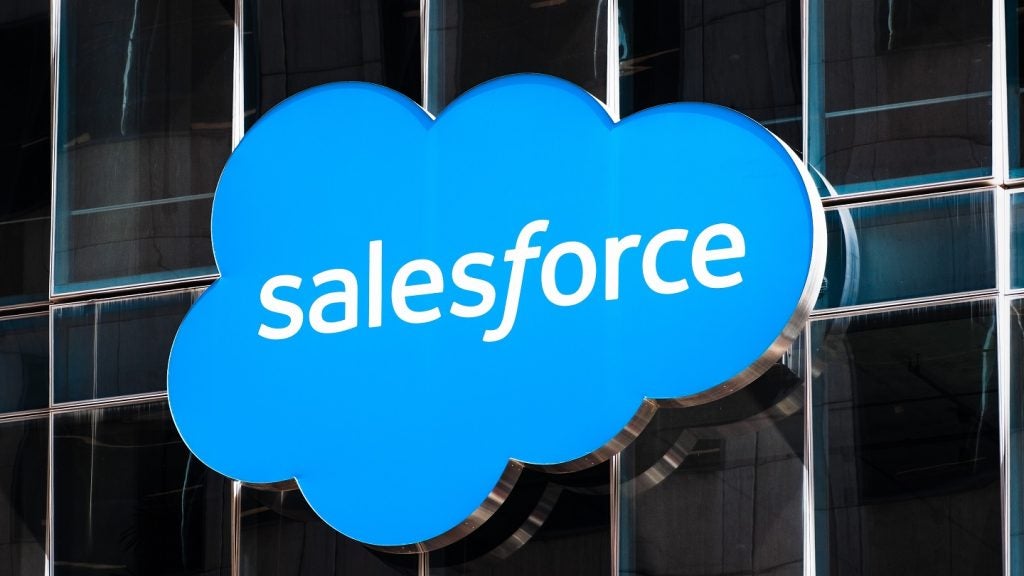Social media companies will increasingly position themselves as the gateway through which users can access multiple services, blending social networking, ecommerce, and entertainment.
Facebook leads the pack and is the most used social media platform globally, with 2.9 million monthly users. In second place, YouTube is catching up with 2.5 million users. While these numbers are shockingly high, they provide insight into how vast the influence and impacts of social media might just be.
Social media impacts at work
Social media may be impacting productivity, in the most subliminal way. The average time spent on a phone is 2.3 hours per day and half of the US population considers themselves to be addicted to their phones. As a result, social media can impact work productivity and is a key reason why some companies block their employees from using social media in the workplace.
The average employee spends 12% of the working day using social media apps, and research has suggested that social media can reduce an individual’s attention span, with dopamine-filled apps like TikTok cramming up to 20 videos into 10 minutes—as average videos are approximately 30 seconds long.
As well as reducing attention span, social media can also negatively affect sleep, as some may find scrolling through apps before bed habitual. Even worse, social media can promote what psychologists refer to as ‘herd mentality’, whereby those who spend prolonged durations on social media, conform to popular opinions as the correct opinions, rather than taking time out to develop their own.
Distraction and time wasting
Social media can be a major source of distraction for employees. Constant notifications and the allure of checking updates can divert their attention from work tasks, leading to reduced focus and productivity. Moreover, excessive time spent on social media can result in time-wasting behaviours, where employees browse through social feeds, watch videos, or engage in discussions, all of which eat into valuable work hours.
How well do you really know your competitors?
Access the most comprehensive Company Profiles on the market, powered by GlobalData. Save hours of research. Gain competitive edge.

Thank you!
Your download email will arrive shortly
Not ready to buy yet? Download a free sample
We are confident about the unique quality of our Company Profiles. However, we want you to make the most beneficial decision for your business, so we offer a free sample that you can download by submitting the below form
By GlobalDataSuch frequent interruptions can disrupt workflow and decrease efficiency as it takes time for employees to regain focus and get back on track. Additionally, exposure to negative or distressing content on social media can adversely affect employees’ emotional well-being, resulting in decreased morale and productivity.
The benefits of social media
Despite these challenges, social media can also have positive impacts in the workplace. It can of course facilitate communication and collaboration, especially with the use of platforms like Teams and Slack. These platforms can increase team communication and information sharing, leading to more efficient workflows and enhanced productivity.
Furthermore, social media can even serve as a valuable source of knowledge sharing and professional development. Employees can access industry news, updates, and best practices, ultimately improving their skills and knowledge, which can positively impact their work performance.
Organisations may be able to mitigate the negative effects of social media on productivity by implementing certain strategies. Developing clear social media policies that outline acceptable usage during work hours can help set expectations.
Encouraging employees to take scheduled breaks to check their personal devices and social media accounts, rather than doing so during productive work hours, can help maintain focus. Moreover, educating employees about the potential pitfalls of excessive social media use and providing training on time management and work prioritisation can promote more mindful and productive behaviours.
By finding a balance and leveraging the positive aspects of social media while managing its potential drawbacks, organisations can effectively use social media to enhance workplace productivity.








